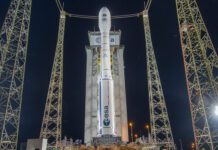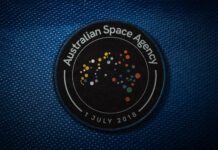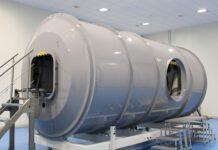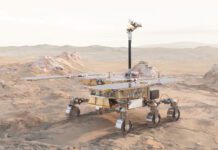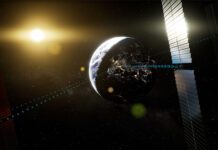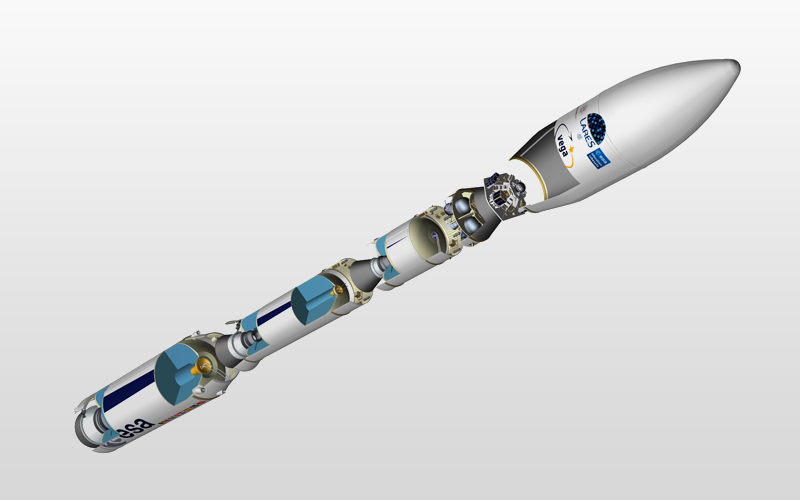
A static fire test of a Vega C Zefiro 40 (Z40) second stage conducted June 28 ended in failure. The successful completion of the test had been a requirement for Vega C to be cleared to return to flight later this year.
In December 2022, the second launch of Avio’s Vega C rocket failed, resulting in the loss of a pair of Airbus Pléiades Neo satellites. An investigation conducted by an Independent Enquiry Commission found that a throat insert aboard the Z40 second stage had been the cause of the failure. In order to return the vehicle to flight, the Independent Enquiry Commission required Avio to conduct a static fire test of a Z40 stage in order to certify the vehicle to return to flight.
In a press release published June 29, Avio stated that the June 28 test ended after 40 seconds due of an “anomaly” that caused a “reduction in the overall pressure performance of the motor.” The test was supposed to last a total of 97 seconds.
Despite the failure, the company did stress that the new throat insert, which is being supplied by ArianeGroup, was not the cause of the failure, stating that it had “showed a nominal performance.”
How exactly the June 28 test will affect the Vega C launch vehicle’s return to flight is not currently clear. According to Avio “planning for the return to flight of Vega C is currently under evaluation, pending further analysis and investigation.” However, it’s likely safe to say that its first flight back will slip to no earlier than the first quarter of 2024. This may very well impact the payload that it had been scheduled to launch aboard the vehicle’s return-to-flight mission.
Sentinel-1C
In December 2021, Sentinel-1B began experiencing power issues. ESA attempted to return the satellite to service but in August 2022, the agency announced that the satellite’s mission had come to an end. This left the Sentinel-1 constellation with just a single satellite, Sentinel-1A which had been launched in 2014 with a 7-year operational lifespan. The race was, as a result, on to get a replacement for Sentinel-1B into orbit as soon as possible.
In April 2022, Arianespace was awarded the contract to launch Sentinel-1C aboard a Vega C vehicle. At the time, it was projected that the launch would take place in the first half of 2023. That was, however, before the failure of flight VV22 in December 2022. After the Independent Enquiry Commission announced the results of its investigation, it was revealed that Sentinel-1C would be launched on the Vega C return-to-flight mission towards the end of 2023.
In mid-March, a source within ESA speaking to European Spaceflight explained that the team working on Sentinel-1C was examining the possibility of qualifying the satellite to fly aboard Falcon 9. With the Sentinel-1 constellation continuing to operate under a reduced capacity, it would not be surprising if this latest delay finally pushes the satellite to the Falcon 9 launch manifest.

